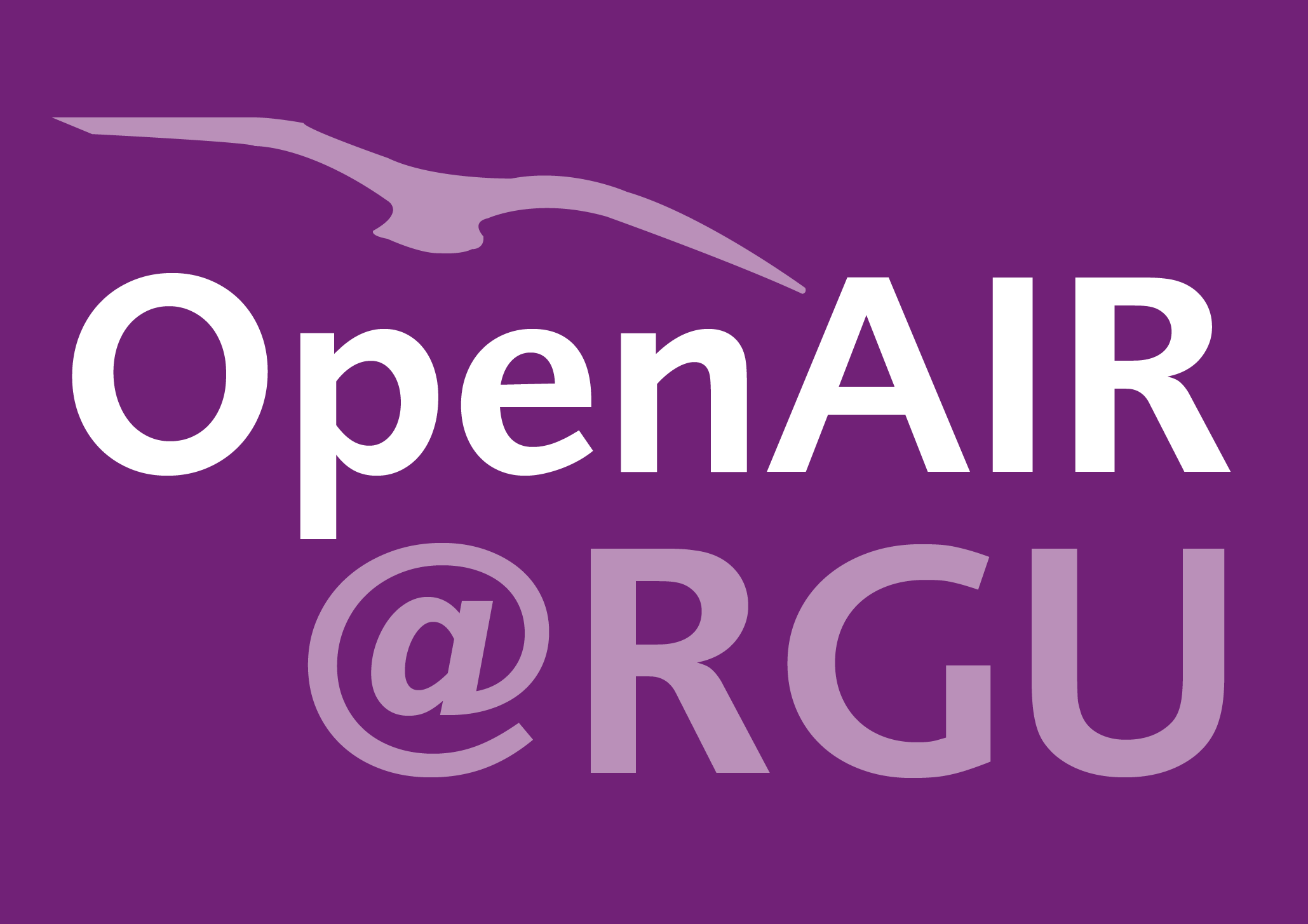Richard S. Metcalfe
Heterogenous treatment effects following inspiratory muscle training during recovery from post-acute COVID-19 syndrome.
Metcalfe, Richard S.; Swinton, Paul A.; Mackintosh, Kelly A.; Berg, Ronan M.G.; Shelley, James; Saynor, Zoe L.; Hudson, Joanne; Duckers, Jamie; Lewis, Keir; Davies, Gwyneth A.; McNarry, Melitta A.
Authors
Professor Paul Swinton p.swinton@rgu.ac.uk
Professor
Kelly A. Mackintosh
Ronan M.G. Berg
James Shelley
Zoe L. Saynor
Joanne Hudson
Jamie Duckers
Keir Lewis
Gwyneth A. Davies
Melitta A. McNarry
Abstract
The purpose of this study was to investigate whether heterogeneous treatment effects occur for changes in inspiratory muscle strength, perceived dyspnoea and health-related quality of life (QoL), following eight-weeks unsupervised home-based inspiratory muscle training (IMT) in adults with post-acute COVID-19 syndrome. In total, 147 adults with self-reported prior COVID-19 either completed an eight-week home-based IMT intervention (n=111; 92 females; 48±11 years; 9.3±3.6 months post-acute COVID-19 infection) or acted as "usual care" wait-list controls (n=36; 34 females; 49±12 years; 9.4±3.2 months post-acute COVID-19 infection). Applying a Bayesian framework, we found clear evidence of heterogeneity of treatment response for inspiratory muscle strength: the estimated difference between standard deviations (SDs) of the IMT and control groups was 22.8 cmH2O (75% Credible Interval (CrI): 4.7-37.7) for changes in maximal inspiratory pressure (MIP), and 86.8 pressure time-units (PTUs; 75% CrI: 55.7-116.7) for sustained MIP (SMIP). Conversely, there were minimal differences in the SDs between the IMT and the control group for changes in perceived dyspnoea and health-related QoL, providing no evidence of heterogeneous treatment effects. Higher cumulative power during the IMT intervention was related to changes in MIP (ß=10.9 [95% CrI: 5.3-16.8] cmH2O per 1SD) and SMIP (ß=63.7 [32.2-95.3] PTUs per 1SD), clearly indicating an IMT dose response for changes in inspiratory muscle strength. Older age (>50 years), a longer time post-acute COVID-19 (>3 months), and greater severity of dyspnoea at baseline were also associated with smaller improvements in inspiratory muscle strength. The study therefore concluded that heterogenous individual responses occurred following an eight-week home-based IMT programme in people with post-acute COVID-19 syndrome. Consistent with standard exercise theory, larger improvements in inspiratory muscle strength are strongly related to a greater cumulative dose of IMT.
Citation
METCALFE, R.S., SWINTON, P.A., MACKINTOSH, K.A., BERG, R.M.G., SHELLEY, J., SAYNOR, Z.L., HUDSON, J., DUCKERS, J., LEWIS, K., DAVIES, G.A. and MCNARRY, M.A. 2023. Heterogenous treatment effects following inspiratory muscle training during recovery from post-acute COVID-19 syndrome. Medicine and science in sports and exercise [online], 55(10), pages 1761-1769. Available from: https://doi.org/10.1249/MSS.0000000000003207
| Journal Article Type | Article |
|---|---|
| Acceptance Date | Apr 26, 2023 |
| Online Publication Date | May 12, 2023 |
| Publication Date | Oct 31, 2023 |
| Deposit Date | May 4, 2023 |
| Publicly Available Date | May 13, 2024 |
| Journal | Medicine and science in sports and exercise |
| Print ISSN | 0195-9131 |
| Electronic ISSN | 1530-0315 |
| Publisher | Lippincott, Williams & Wilkins |
| Peer Reviewed | Peer Reviewed |
| Volume | 55 |
| Issue | 10 |
| Pages | 1761-1769 |
| DOI | https://doi.org/10.1249/MSS.0000000000003207 |
| Keywords | Long COVID; Post-acute COVID-19 syndrome; Rehabilitation; Breathlessness; Breathing; Respiratory system |
| Public URL | https://rgu-repository.worktribe.com/output/1952736 |
Files
METCALFE 2023 Heterogenous treatment (AAM)
(872 Kb)
PDF
